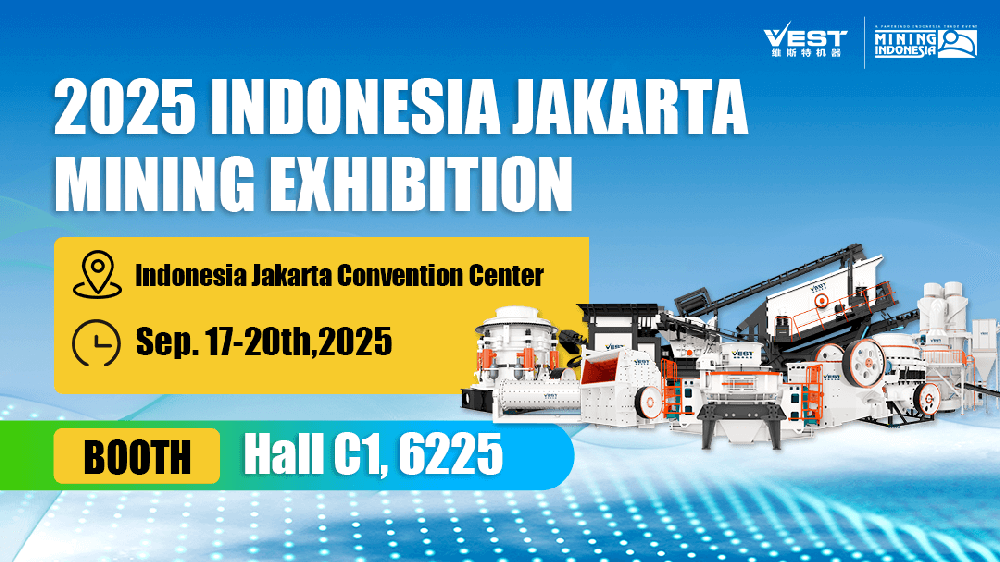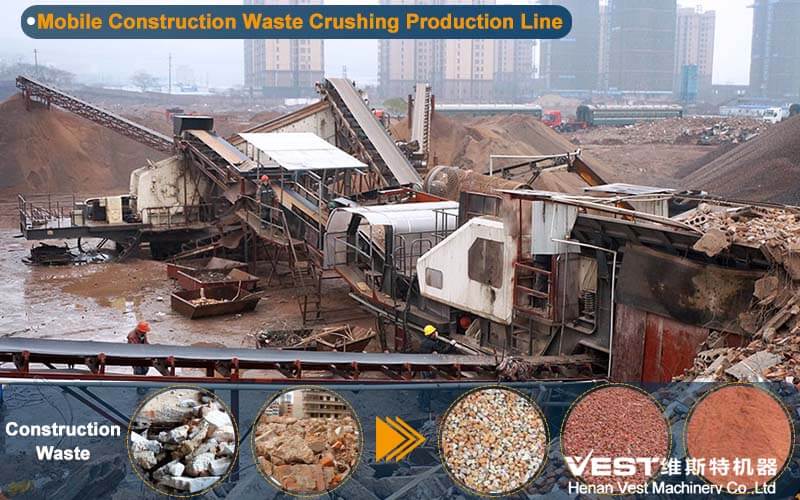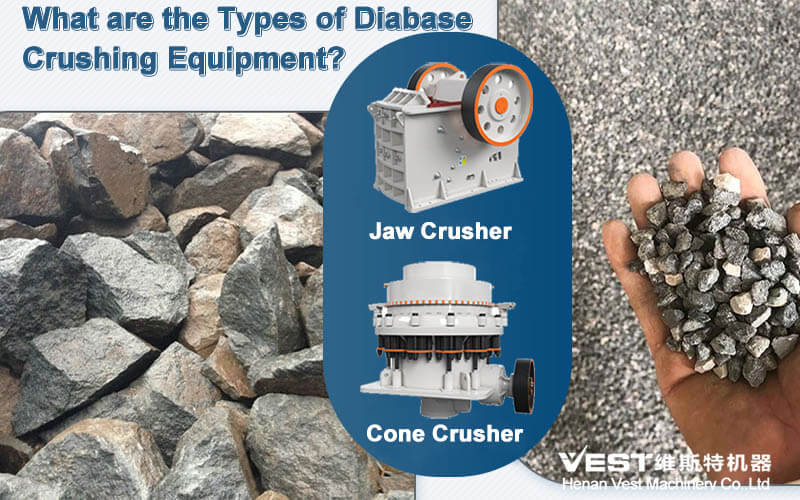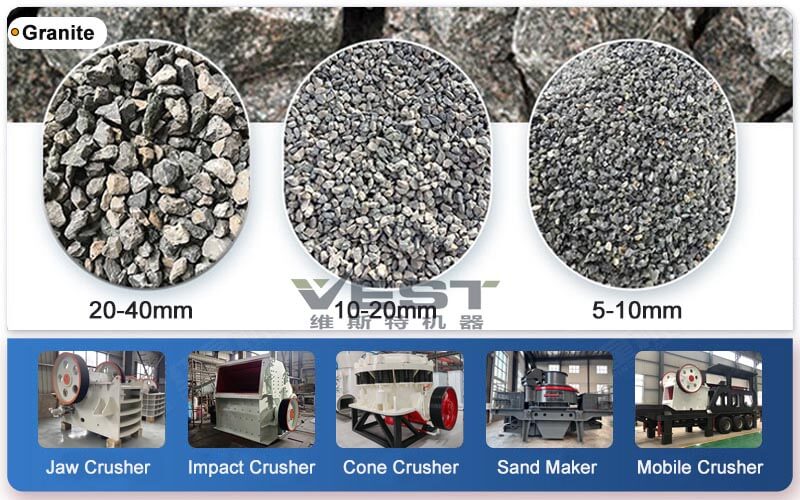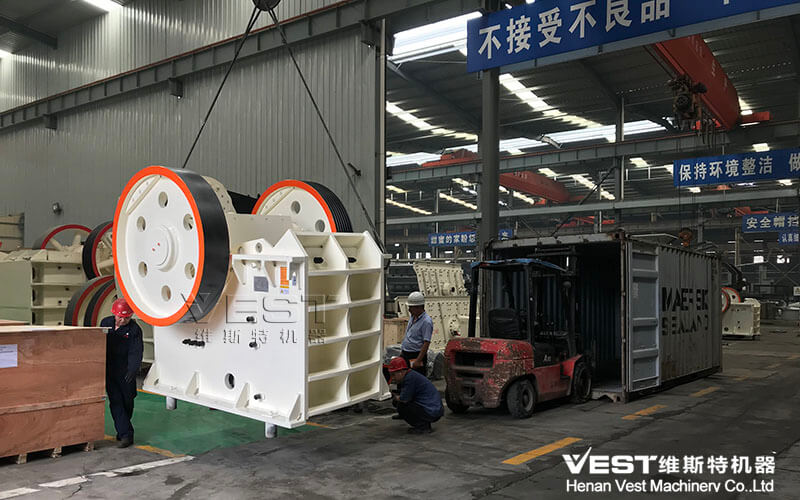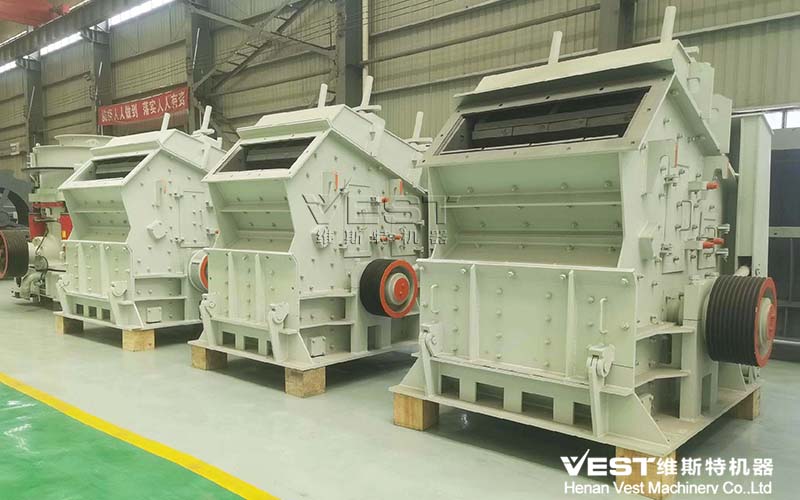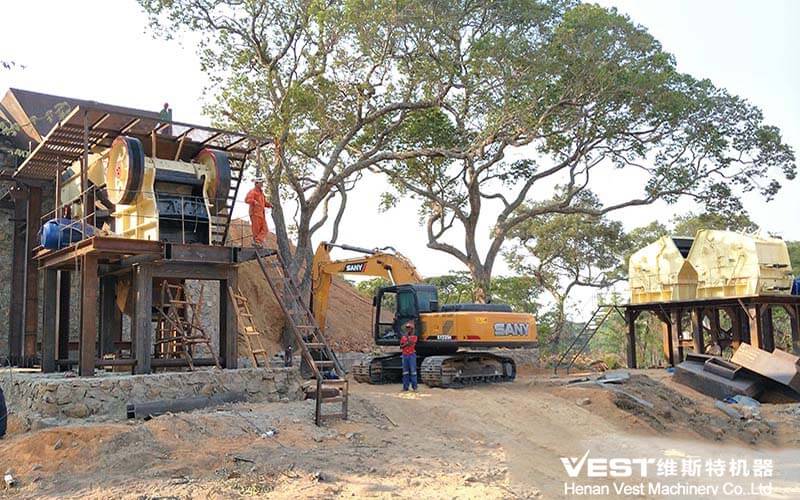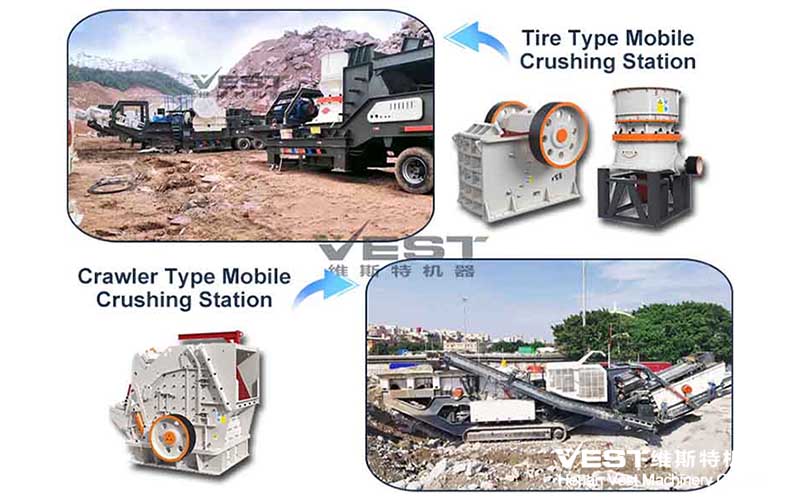Warm Tip :
If you want to know more details about equipment, solutions, etc, please click the button below for free consultation, or leave your requirements!
Recently, a user asked us whether it is better to use a Ball Mill Machine or a Raymond Roller Mill to grind the ore into powder? In response to this issue, VEST Machinery analyzes it from multiple aspects.
Scope of Application
1. Raymond Roller Mill:
Mainly suitable for processing non-flammable and explosive ores with Mohs hardness below 7 and humidity below 6%, such as gypsum, talc, calcite, limestone, marble, potassium feldspar, barite, dolomite, kaolin, bentonite and other non-metallic ores.
Advantages: Dust control adopts negative pressure system to control dust discharge, and the production process is clean and environmentally friendly; the particle size of the finished product can be adjusted between 80 mesh and 400 mesh, which is suitable for occasions where ultrafine powder is required.
Disadvantages: relatively low production capacity, high noise and dust pollution.
2. Ball Mill:
Suitable for grinding high-hardness ores such as iron ore, gold ore, granite and other materials. It is widely used in mineral processing, building materials, chemical industry and other industries. It can be divided into two types of grinding: dry and wet.
Advantages: Large production capacity, suitable for large-scale production; low noise, suitable for occasions with low environmental protection requirements.
Disadvantages: high energy consumption, large dust pollution, and poor environmental performance.
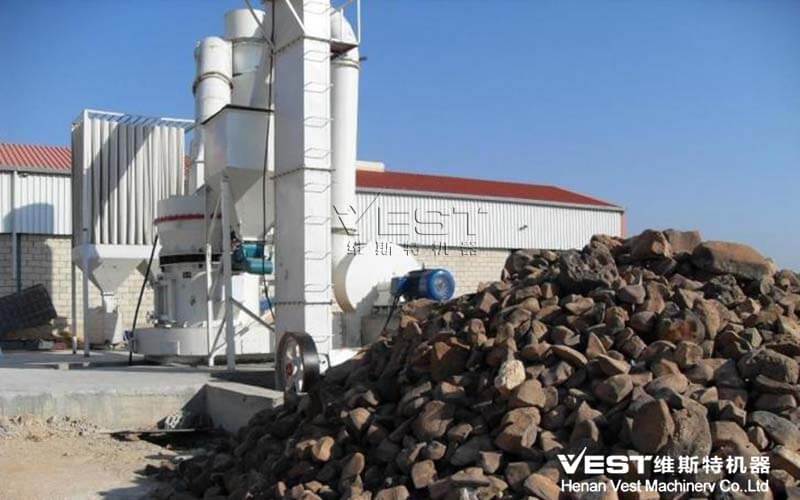
Output and Production Scale
1.Ball Mill:
Large processing capacity: Single machine has high processing capacity, suitable for large-scale continuous production (such as a mineral processing plant with a daily processing capacity of 1,000 tons).
High operating cost: high energy consumption, and the steel balls and liners need to be replaced regularly.
2.Raymond Grinding Mill:
Small and medium scale: The single machine has a moderate production capacity (several tons to tens of tons per hour), suitable for small and medium-sized production lines.
High energy efficiency ratio: low unit energy consumption, suitable for cost-sensitive projects.
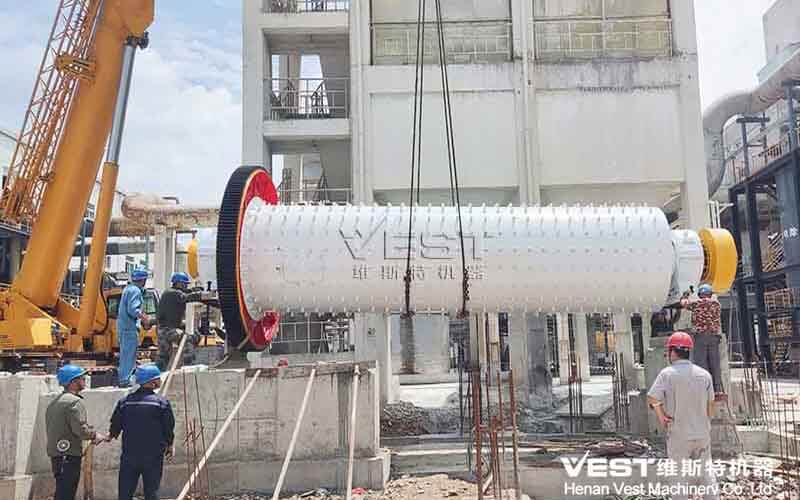
Cost and Maintenance
1.Ball mill:
Low initial investment: The equipment purchase cost is relatively low.
Complex maintenance: Regular shutdown is required to replace worn parts (steel balls, liners), and maintenance time is long.
2.Raymond mill:
High initial investment: but low operating cost (low power consumption, long replacement cycle of wearing parts).
Easy maintenance: compact structure, quick replacement of roller sleeves and grinding rings, suitable for rapid resumption of production.
Summary and Suggestions
Ball mill is preferred: if the ore has high hardness, wet grinding is required, ultrafine powder production or large-scale continuous operation is required.
Raymond mill is preferred: if you are processing medium and low hardness ores, dry production, medium fineness requirements, and pursuing low energy consumption and easy maintenance.
Example:
Limestone powder (325 mesh): Raymond mill is more economical and efficient.
Ultrafine grinding of iron ore (1000 mesh): requires a ball mill + classification equipment combination.
Small gypsum powder production line: Raymond mill has better cost performance.
The specific choice of Ore Grinding Equipment can be made by users according to their actual situation (such as crushed raw materials, input costs, particle size requirements, etc.).
Pls contact us if you have need for Ore grinding production line. VEST Engineering team and managering team will service for your project and issued detailed layout drawing.
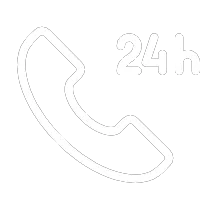 Phone/Wechat/Whatsapp:+86-15538359886
Phone/Wechat/Whatsapp:+86-15538359886
 Email:crusher@hn-vest.com
Email:crusher@hn-vest.com
 Message
Message Online
Online

